I think I’ve mentioned my favorite water filter on the blog a few times, but I’ve never written a post dedicated to water filters before – it’s been on my blogging to-do list for forever! Over the years, many of you have written to me asking for my pick, and my answer has always been Waterdrop. My naturopath, who researches household products even more than I do, recommended Waterdrop water filters to me 8 years and 2 houses ago. I’ve always been so pleased with them; in our first house, I started with an Waterdrop under-sink drinking water filter. In our last house, where we brought home both of our babies, I upgraded to a whole-house filtration system. In our new house, I’ve upgraded again, to a whole-house water filtration system that filters out even more.
So, why do we need water filters in our homes? The answer is simple. Most of the water in this country is contaminated with industrial or agricultural contaminants linked to cancer, brain and nervous system damage, developmental defects, fertility problems or hormone disruption. The EWG’s National Tapwater Database has done a fantastic job of outlining these contaminants, how they affect our health, and what we can do to protect our families. Our government should be doing that, but guess what? Even though the levels of these contaminants in most of the country’s water utilities have been proven to be hazardous to our health, They are also within the legal limits set by the Environmental Protection Agency. What’s worse? The EPA has not added a new contaminant to the list of regulated drinking water pollutants in more than 20 years. It’s infuriating, but not surprising. I highly recommend reading the EWG’s Tapwater Database to educate yourself; it contains so much more information than I can fit into one blog post. You can even type in your zip code to see how your local water measures up. Also, don’t make the mistake of thinking that bottled water is better than tap water. Bottled water usually is tap water! You can read the bottle label and still not know whether the water is pure or just processed tap water. The EWG found 38 contaminants in 10 popular brands. Also, plastic is the freaking worst, I don’t need to tell you that.
We recently built a new home, and I made sure to budget for a Whole House Filter As I mentioned earlier, this is our third Waterdrop water filter. Waterdrop additive-free filtering technology provides maximum contaminant reduction while leaving beneficial minerals such as calcium, magnesium and potassium in the water. The result is healthy water that tastes great (I can always tell when our filter needs replacing – that is how different our water tastes with their filters!) A whole house filtration system is obviously ideal, as it doesn’t just clean the water you drink and cook with. The water you bathe with is also so important for good health, as we all know how easily and quickly the skin absorbs whatever it is exposed to (not to mention that contaminants like chlorine dry the heck out of skin and hair). On top of that, after your steamy shower, get ready to breathe in a host of VOC’s because contaminated water contributes to poor air quality indoors. And, if you need one more reason to buy a whole house system, (you really don’t) water contaminated with chemicals like Chloramine and Chlorine is corrosive, breaking down internal pipes in appliances and in a home’s plumbing within less than ten years. Sheesh. I know, that’s a lot to take in.
The Waterdrop is NSF Certified to reduce 77 common water contaminants including over 96% of chlorine and chloramines as well as over 99% of lead, asbestos, turbidity and VOCs. Chloramines are an aggressive disinfectant comprised of chlorine and ammonia that are designed to stay in water longer than just chlorine, which also makes them much harder to remove. Most water filters are not capable of effectively removing chloramines. Without chloramine specific filtration media, other whole house systems can quickly become exhausted and ineffective over time. The 400,00 Chloramine Rhino includes upgraded catalytic carbon specially formulated to target and reduce chloramines, pesticides, herbicides, industrial solvents, VOC’s and other synthetic chemicals for an unprecedented 3 years or 400,000 gallons. The Rhino also features a sediment pre-filter that catches rust, sediment and silt and a sub-micron post-filter that reduces any remaining sediment and organic particles down to 0.35 microns. These are photos of the system installed in our attic. It does require professional (plumber) installation, just FYI. Just call around; many plumbers are familiar with Waterdrop, and they should be able to give you a quote for installation.
A few other reasons I find Waterdrop to be the best water filter for my family:
- Patented upflow design in this reverse osmosis system eliminates the need for electricity and back-flushing which results in low maintenance.
- There is constant water to media contact, providing consistent contaminant reduction and maximum water filtration results.
- Waterdrop products are independently tested and certified for the contaminants removed, and each whole home system is independently tested for structural integrity.
- Easy to maintain – just replace tanks when it is time to refresh. Waterdrop products are created with the environment in mind. All of their water filter components are engineered for minimal waste including reusable outer filter casings and filter cartridges made of recyclable parts and compostable materials.
- They also offer optional features, including UV filtration that will kill 99.9999% of all bacteria and viruses, and a salt-free descaling water softener system
I know that whole house filtration systems aren’t in everyone’s budget, and that some of you cannot get one because you live in an apartment building, but I urge you to start somewhere (I started with an under-counter sink filter). There is really no more important step to achieving good health than ensuring that the water we drink is clean.
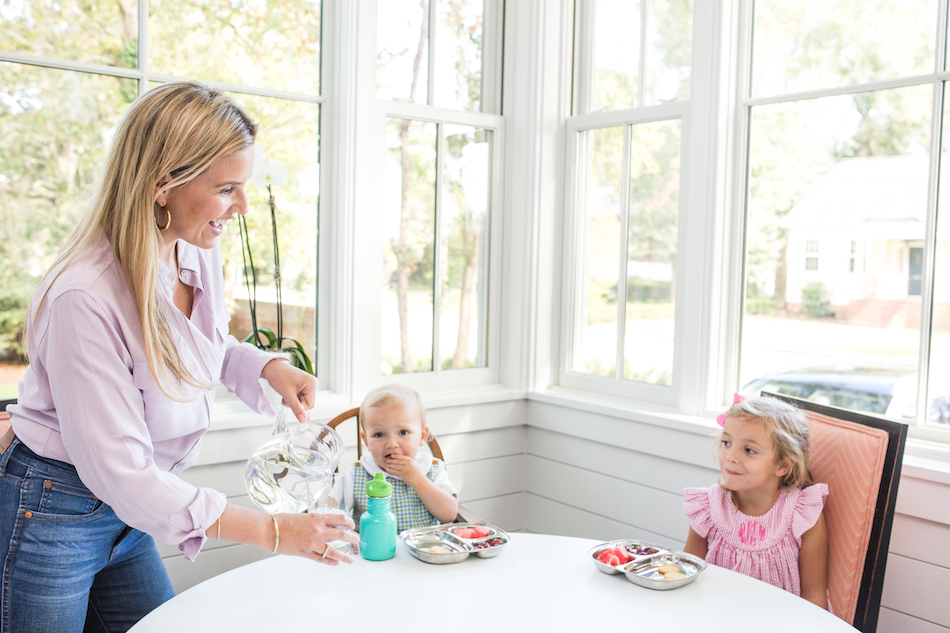
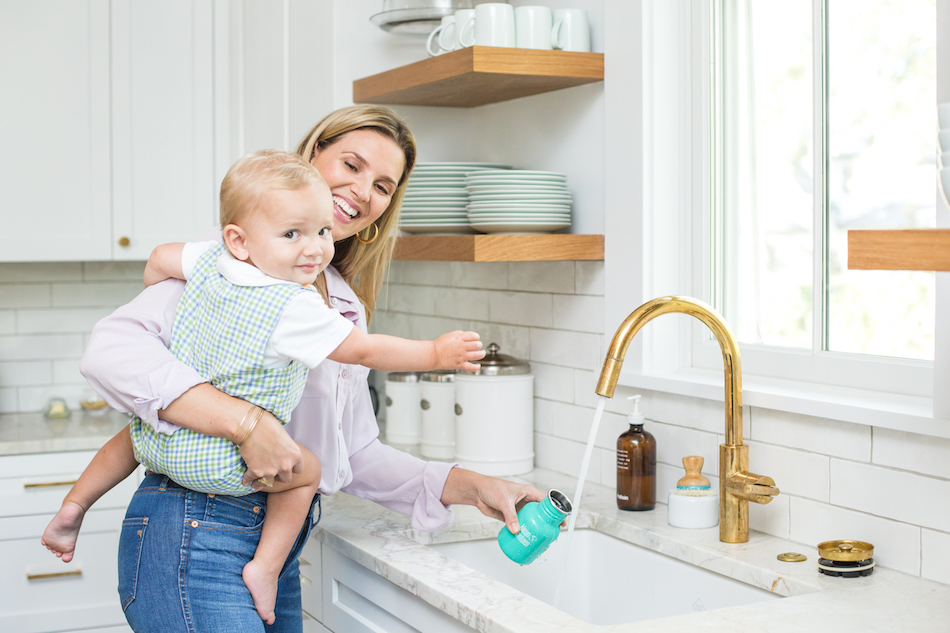
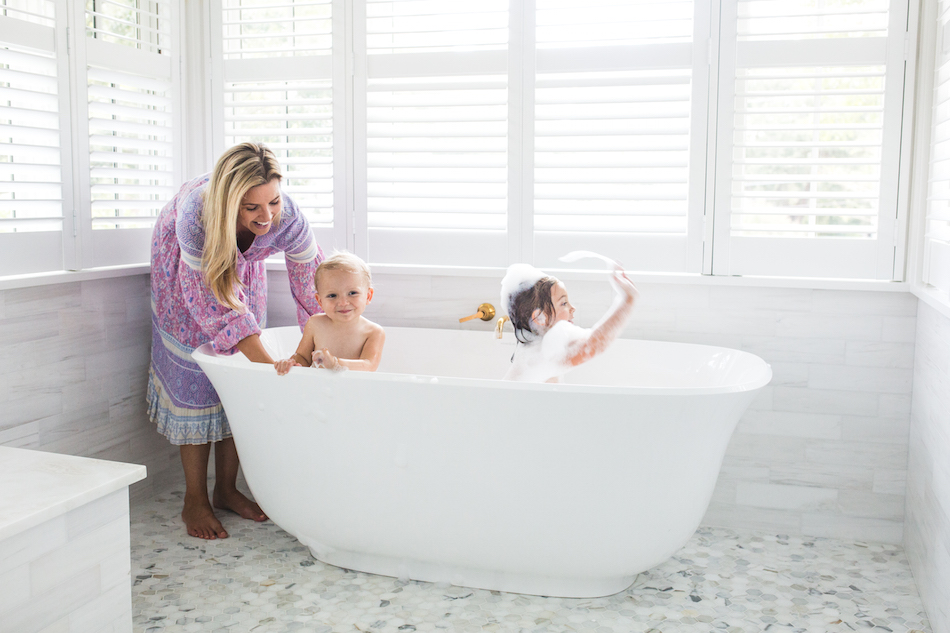
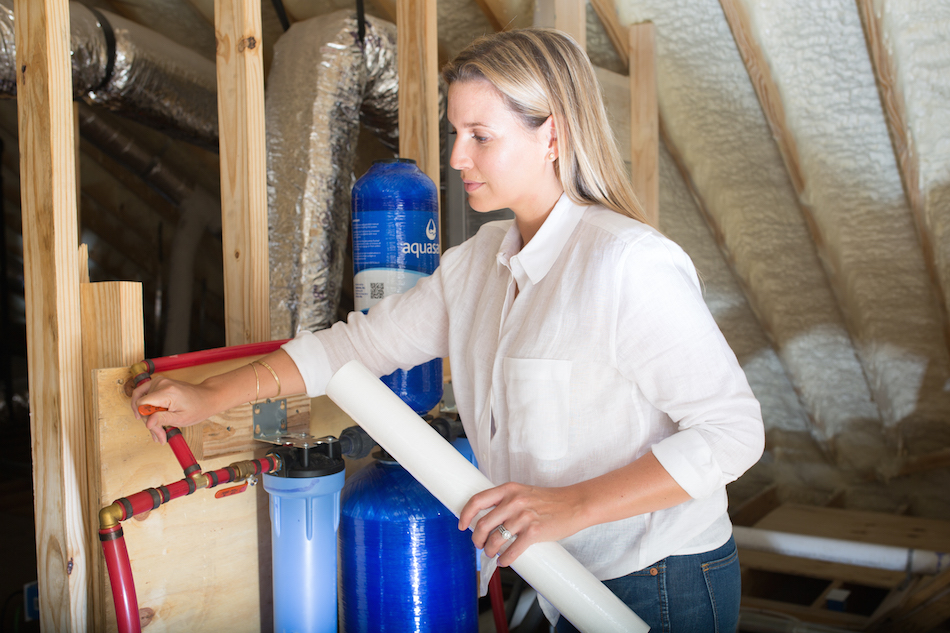
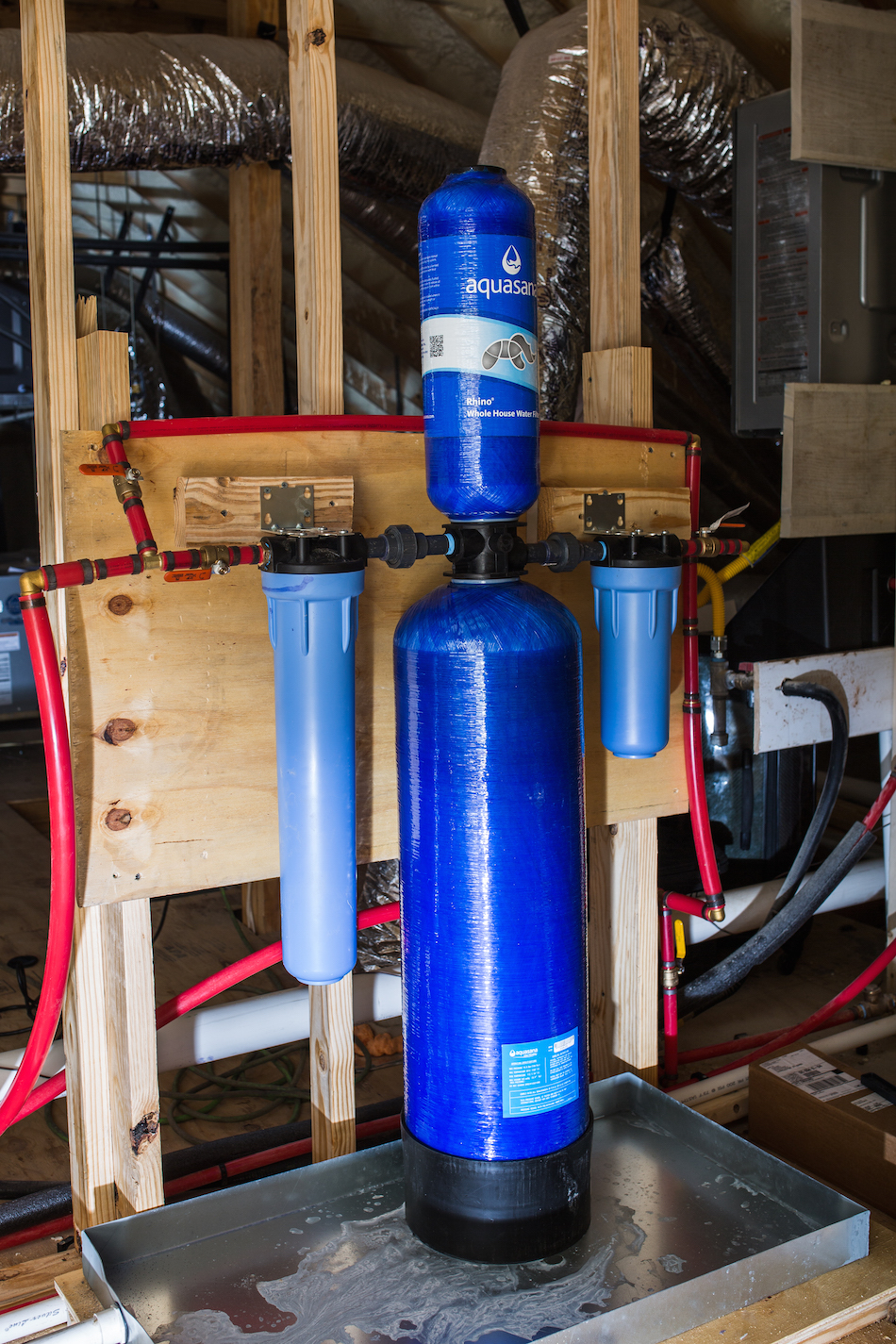
评论
发表评论